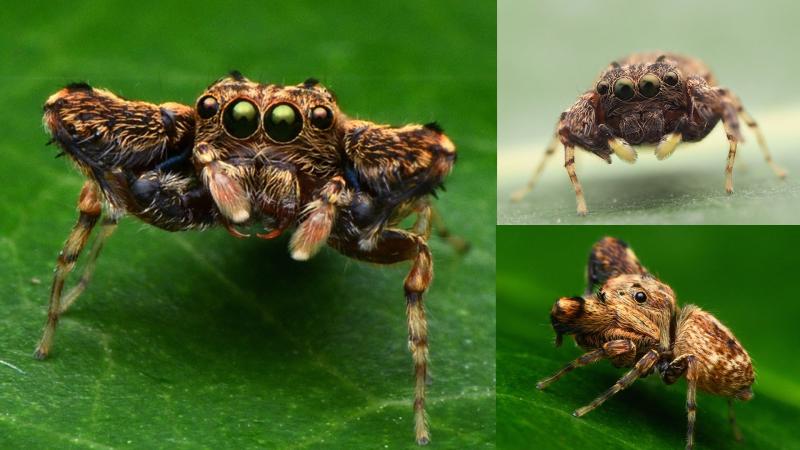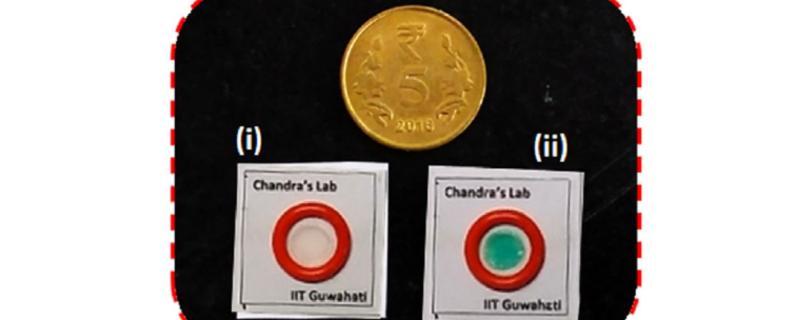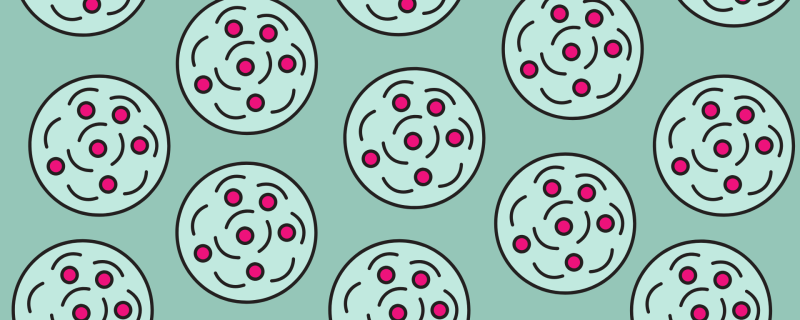In this digital age, ruled by smartphone apps, how about one to tell you how fresh your milk is? Although there are stringent safety rules concerning the quality of milk, almost 68% of what is available in the country does not conform to them. In a recent study, researchers at the Indian Institute of Technology Guwahati have come up with a paper-based detection system to detect if a sample of milk is pasteurised and fresh. This technique, they say, is cost-effective, rapid, user- and environment-friendly.
Pilia, an enigmatic genus of jumping spider has just been rediscovered in the tropical forests of Western Ghats after a staggering 123 years. The find has not only led to the description of a brand-new species, Pilia malenadu, but, also allowed researchers to document the first-ever female of the entire genus.
Chennai/










